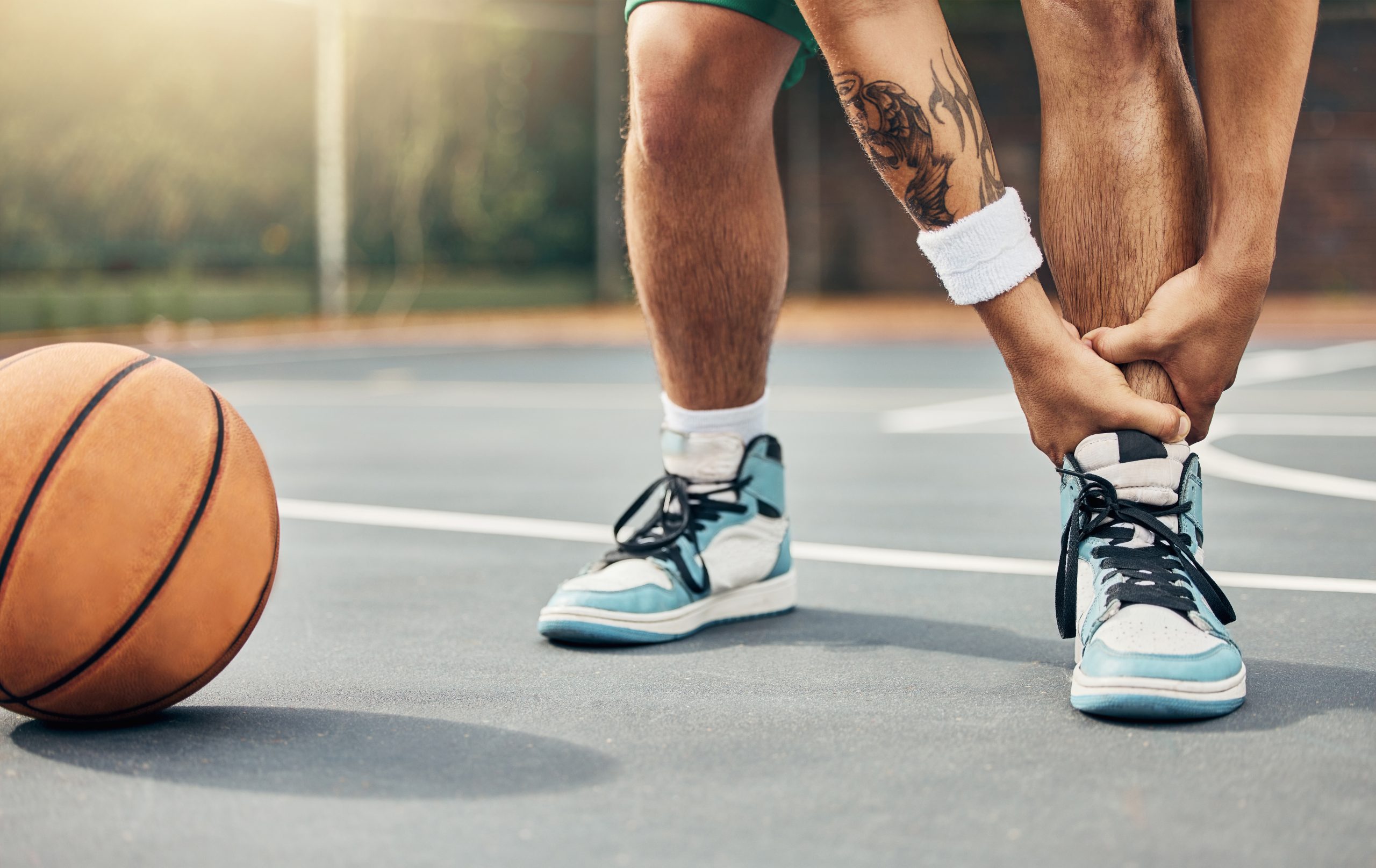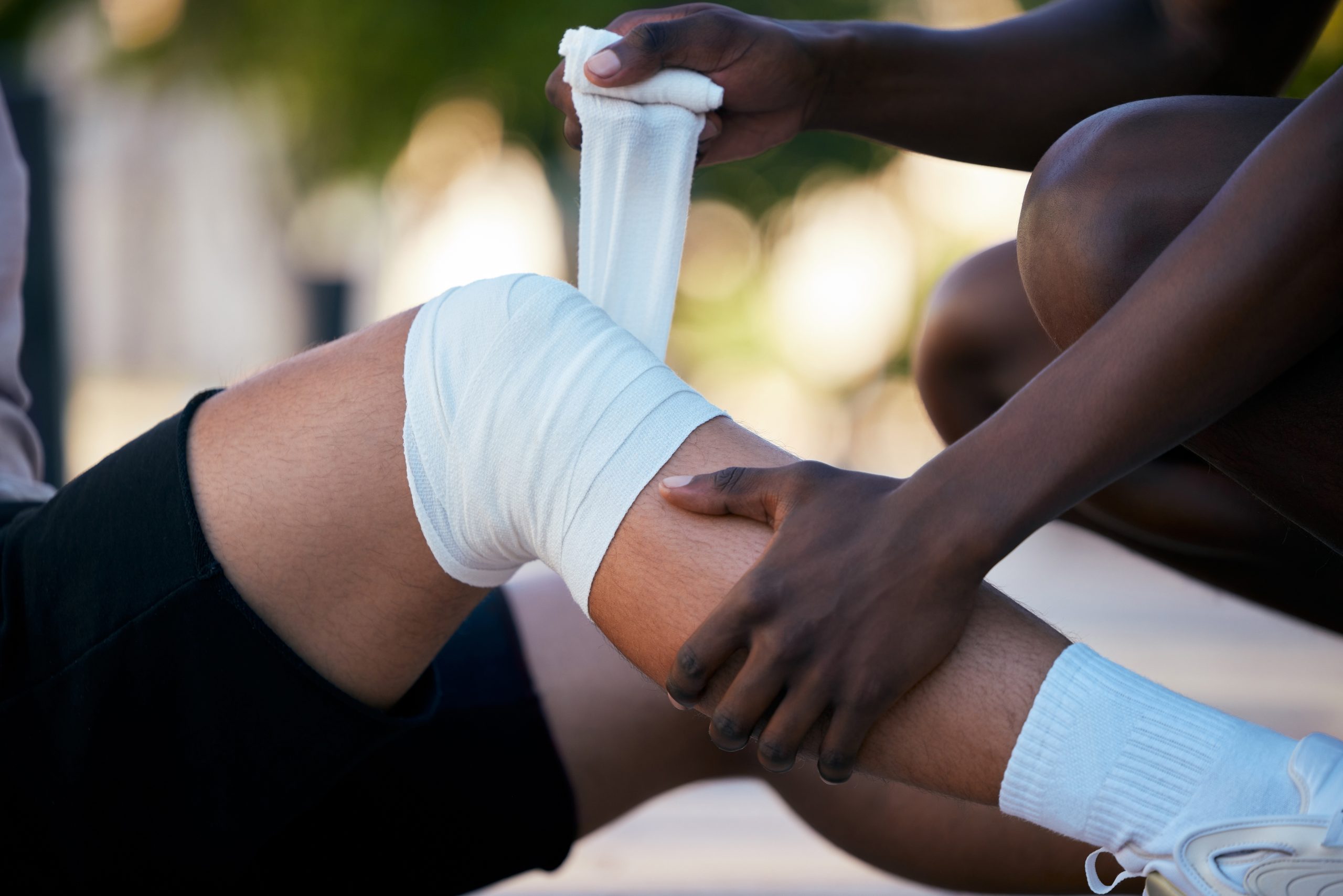Basketball Emergency First Aid

Basketball is a sport that requires a lot of physical contact, including fast changes in direction. An injury to a player can be serious, especially if the injury is a head, face, or abdominal injury. However, most injuries are not considered emergencies. Depending on the type of injury, there are several steps that can be taken to treat it. A coach or other team member may be able to manage a minor injury, but a more serious injury should be treated by emergency services.
Injuries to the lower extremities are the most common. Knee sprains, ankle sprains, and twisting knee injuries can be caused by a number of things. The most common causes of an ankle sprain are rolling an ankle, stepping on another person’s foot, or hitting the ground. Swelling and bruising can also occur. Applying ice or compression to the injured area will reduce swelling and pain.
The upper leg is another location where injuries can occur. Upper leg fractures can be painful and require immediate attention. Fractures of the femoral artery, a major blood vessel in the thigh, can be fatal. Players should not bear weight on the injured limb and should not play if there is pain.
Abdominal injuries can be dangerous and can include bruising and internal bleeding. Bleeding can be managed with direct pressure, and stitches may be needed. They are also potentially infectious. Therefore, it is important to cover any wounds that have been damaged. If a child becomes a victim of a bleeding injury, it is essential to stop activity until the bleeding stops. It is also important to cover any cuts that are bleeding.
Sports that involve a high rate of acute injuries should have supplies on hand. These include ice packs, gauze pads, bandages, antiseptics, and other basic first aid tools. This is a good time to review the basics of first aid and learn how to use these items.
Acute injuries are a serious risk, but with proper care, they can be less frightening. Whether the injury is a head, face, abdominal, or lower extremity injury, the right treatment will help heal the damage and prevent permanent scarring or damage. After you’ve had a chance to heal, it’s a good idea to return to the game. However, don’t do it until you’ve had an opportunity to see a sports medicine doctor.
Minor injuries may be scary, but they can be treated by a coach or other team member. Minor sprains and strains are often treated with RICE, or rest, ice, compression, and elevation. Ice should be applied for 20 minutes every hour for the first few days. Compression and elevation will also help ease swelling and pain.
Minor injuries can happen at any time. A basketball emergency first aid kit should have the following items: ace bandages, elastic wraps, assorted bandages, rolled ankles, and cold packs. You should also have a breathing barrier, alcohol wipes, and hand sanitizer.
Most acute injuries should be handled using the PRICE (rest, ice, compression, and elevation) principle. While this is not an exhaustive list, it’s a good place to start if you’re looking to be prepared for a basketball emergency.

